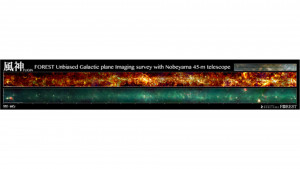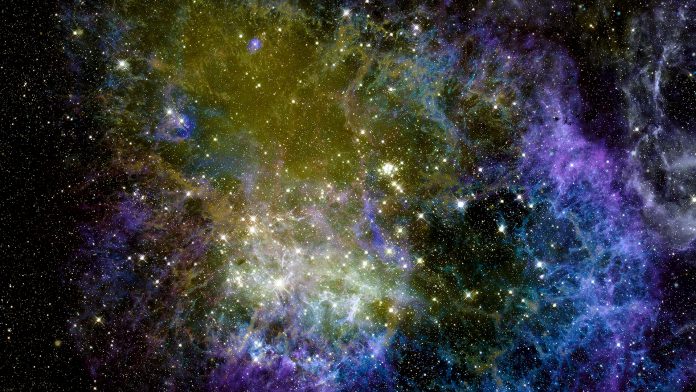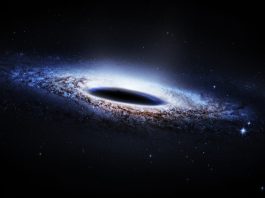Researchers from the Osaka Metropolitan University Graduate School of Science have used Artificial Intelligence (AI) to identify areas of star formation.
A research team led by Dr Shinji Fujita from the Osaka Metropolitan University Graduate School of Science has identified around 140,000 molecular clouds in the Milky Way galaxy, which are areas of star formation.
The team used AI to estimate the distance of each of these molecular clouds. From this, their size and mass were successfully determined, and they were able to accurately map their distribution in more detail than in previous studies.
The work, ‘Distance determination of molecular clouds in the 1st quadrant of the Galactic plane using deep learning: I. Method and Results,’ was published in the Publications of the Astronomical Society of Japan.
How are stars formed?
Stars are the fundamental building blocks of galaxies, as their age, distribution, and contribution are important to tracing galaxy history and evolution. They are produced within the clouds of dust that are present within most galaxies. As molecular gas and dust merge in space, star formation is enabled.
The molecular gases present during star formation are invisible to the human eye as they are so dilute and cold. However, faint radio waves are emitted by them, allowing them to be observed by radio telescopes.
It is hard to investigate molecular clouds
It is difficult to determine the distance and physical properties of molecular clouds, such as size and mass, as observing these clouds from Earth means that a lot of matter overlaps them.

Even though the Milky Way is the only galaxy close enough to make detailed observations of molecular clouds in the whole Universe, astronomers have previously found it challenging to investigate the physical properties of molecular clouds in a cohesive manner from large-scale observations.
The team’s research allows for star formation to be closely observed
To overcome this problem, the team utilised AI to identify around 140,000 molecular clouds in the Milky Way from large-scale data of carbon monoxide molecules, observed in detail by the Nobeyama 45-m radio telescope.
The researchers successfully mapped their distribution, covering the first quadrant of the Galactic plane, in the most detailed manner to date.
The results have the potential to provide a complete distribution map of the Milky Way
“The results not only give a bird’s eye view of the galaxy but will also help in various studies of star formation,” explained Dr Fujita.
“In the future, we would like to expand the scope of observations with the Nobeyama 45-m radio telescope and incorporate radio telescope observation data of the sky in the southern hemisphere, which cannot be observed from Japan, for a complete distribution map of the entire Milky Way.”









